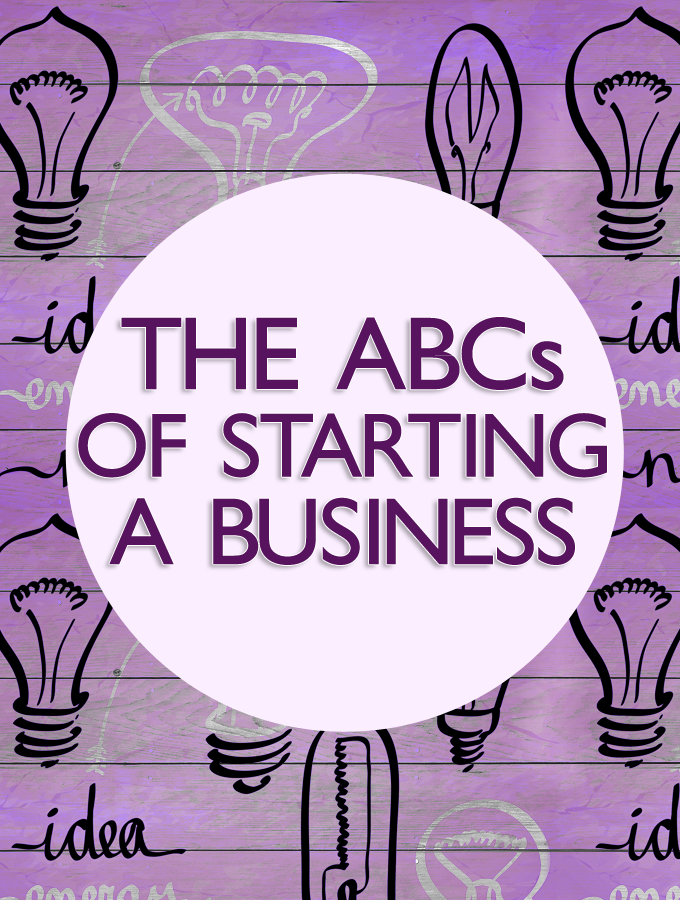Knowing ABCs of funds can help investors make right choice
Post on: 19 Июль, 2015 No Comment

Knowing ABCs of funds can help investors make right choice
October 16, 2005
Maureen R. in Holland, Pa. thought she was doing the right thing when she established brokerage accounts for her four kids and at the suggestion of a financial adviser put the money into the Class C shares of a mutual fund.
Now shes not so sure.
Later, she met with another financial adviser who suggested that the accounts for the kids now ages 13, 11, 10 and 6 should be in Class A shares, and that the first adviser had made a mistake.
Two advisers with two opinions creates one confused customer.
But Maureen is far from alone. Mutual fund alphabet soup can leave a bad taste in your mouth, even when you have made the right decision. There are so many permutations, what appears right doesnt always come out best when you work the numbers. Moreover, theres the problem that many investors, like Maureen, dont fully understand how each class of shares works.
Funds come in different classes so that investors have choices in how they compensate their financial advisers. There is no difference in the holdings of XYZ Growth A and XYZ Growth C, but the fee and expense structures are different, and picking the wrong fund type can be a costly mistake.
Before you can see how C shares could be right or wrong for Maureen, heres a primer on the ABCs of mutual funds.
A is for all at once. With Class A shares, the investor pays a traditional front-end sales load, usually lopping off between 3 percent and 6 percent from the top to pay for the services of the adviser. Of broker-sold share classes, however, A shares carry the lowest ongoing costs, which tends to make them the best option for long-term investors.
Morgan Stanley Aggressive Growth A has a front-end charge of 5.25 percent, and a total expense ratio of 1.37 percent.
B stands for back-end. Class B issues carry a back-end load, payable if you exit within a set period, usually the first four to six years. They carry a higher expense ratio, although most convert into lower cost A shares once the redemption period is over.
Morgan Stanley Aggressive Growth B, for example, has no front-end load, but carries an expense ratio of 2.13 percent, and has a deferred sales charge that maxes out at 5 percent.
C stands for Chuck hates them, but I confess to mostly disliking C shares because I take a long-term perspective on buying funds, and this class is the most expensive for a buy-and-hold investor.
Class C shares have no upfront sales charge and may have a small deferred load if you sell the fund in the first year or two. In exchange for the reduced sales fees, the fund carries higher costs for life.
Morgan Stanley Aggressive Growth C, for example, has a 1 percent deferred charge to protect the company against quick-turnarounds, but the fund carries an expense ratio of 2.12 percent, which unlike the B share never goes down.
As a general rule, C shares tend to be the best choice for an investor looking for flexibility or who doesnt expect to stick around too long.
Thats why things get confusing for an investor like Maureen.

Using the Mutual Fund Cost Calculator program developed by the Securities and Exchange Commission and available free at www.sec.gov/investor/tools.shtml a comparison of costs shows why.
Say someone invested $10,000 today and expected to leave the money in place for a decade, getting an 8 percent return. The cost of investing in Morgan Stanley Aggressive Growth A the sum of all fees paid plus any earnings surrendered by paying sales charges is $3,769. At the end of 10 years, the investor would come away with $17,819.
By comparison, the same investor putting the money into the same funds C class would have paid $4,164 in total costs and would come away with $17,425.
Drop the holding period down to five years or less, however, and the C shares come away with a slight edge.
Trouble is, that can be hard to see; over the last three years, the A shares in Aggressive Growth have delivered almost 1 percent per year better return than the C class. Thats where those expenses show up.
So if Maureen or anyone looking at this decision is expecting to hold a fund for more than about five years, the A share class almost certainly will be the most cost-effective choice. If the holding period is less than that, another class may be best. In Maureens case, if the money is being used for college, the optimal choice might put her oldest kid in one class and her youngest in another.
Ultimately, the lesson is that costs matter, and that the right choice may depend on personal circumstances as much as it does the set-up of a funds class structure.
Chuck Jaffe is senior columnist at Marketwatch. He can be reached at jaffe@marketwatch.com or Box 70, Cohasset, MA 02025-0070.
Next Story














